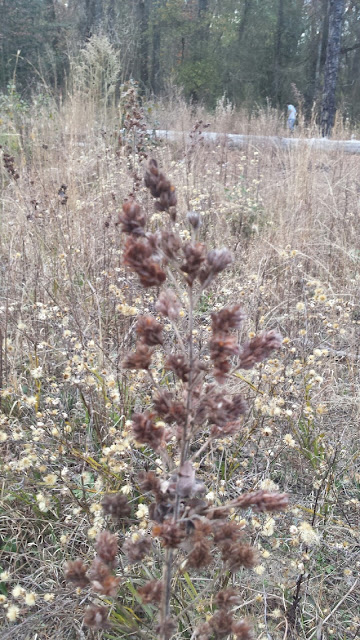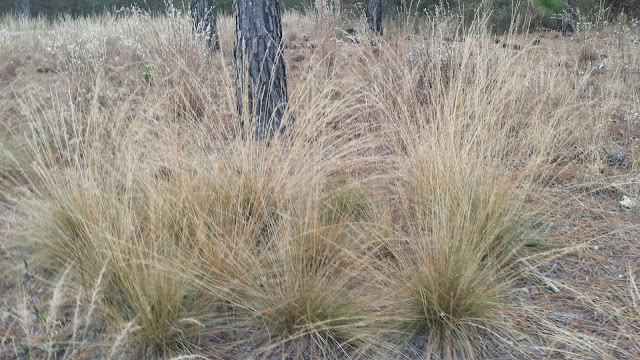Welcome to my photoblog on:
Howell Woods Environmental Learning Center

My name is James and I am a Biology Major at Campbell University
in Buies Creek, North Carolina.
in Buies Creek, North Carolina.
I love the outdoors and I am hoping to go on to pursue a career in environmental science. I am looking forward to this next chapter in my life as a college student. So far, I really enjoy college. Thank you to Howell Woods and to everybody who helped me get this far!!
Link to the facebook fanpage:
https://www.facebook.com/pages/Photoblog-By-James-Howell-Woods/233829593470397
"Have a great day, spend it outdoors!"
James________________
To learn more about Howell Woods, please see my previous posts for info, photos, and videos. If you've never been to Howell Woods I hope this blog will peak your interest enough that you will visit. It is a treasure located in Johnston County and one of my favorite places.
To visit the Howell Woods website, click on the link below of contact Director, Jordan Astoske.
http://www.johnstoncc.edu/howellwoods/
Jordan Astoske
Director of Howell Woods
jtastoske@johnstoncc.edu
(919) 938-0115 ext. 221
______________________
November 2015
For the month of November's post, I have decided to go over what is called ecological succession. Succession may be initiated either by formation of new, unoccupied habitat or by some form of disturbance of an existing community. The former case is often referred to as primary succession, the latter as secondary succession.
The trajectory of ecological change can be influenced by site conditions, by the interactions of the species present, and by more stochastic factors such as availability of colonists or seeds, or weather conditions at the time of disturbance.
― George Santayana
In general, communities in early succession will be dominated by fast-growing, well-dispersed species. As succession proceeds, these species will tend to be replaced by more competitive species.
Below are photographs that will show you ecological succession of a landscape over time.
You will notice the increase in plant life through each stage.
More plants means more carrying capacity for animals.
Each stage will support more life and have a higher level of biodiversity.
The above photo is an example of a climax community.
A climax community is an ecosystem that has fully grown to support the maximum possible amount of life and diversity.
As one of my former teachers once said, "Nature fills all vacuums."
With vacuum meaning emptiness, this statement means that nature will fill in the blanks if nothing is happening. There is never a void that will not be filled somehow.
No matter what happens, life can and will find a way.

















